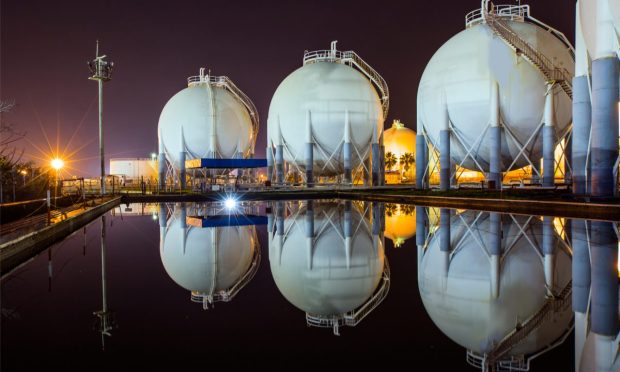From Payments To Processes, New B2B Platform Helps Grease Nat Gas Industry

In spite of all the advanced seismic exploration and extraction technology that it used, the back-office operations in the natural gas industry are still often conducted via telephone, email or legacy client-server networks. As a result, invoicing, payments, market data, price feeds, weather data and other information remain largely isolated in siloed systems.
Like many industries, there is often both a desire and a reluctance to embrace digital upgrades, despite overwhelming evidence that it would save time and money, especially for those enterprises that still run their businesses with spreadsheets and antiquated processes.
Add in additional administrative burdens like compliance and reconciliation, and there’s a newfound push for Nat Gas holdout to take the digital leap.
“The new folks coming in the market, they don’t want to do things the old ways anymore,” Rakesh Agrawal, founder and CEO of Trellis Energy, told PYMNTS, as he outlined the scale and scope of his company’s Software-as-a-Service (SaaS) B2B marketplace, launched Sept 1.
Agrawal describes the new “Trellis Agora” platform as a place where all supply chain participants can converge to conduct business, including producers, transporters, shippers, marketers, brokers, utilities and end-users.
“The natural gas industry in the U.S. alone spends about $250 billion a year, which is sizeable.” Agrawal noted.
Many Players, One Platform
Whatever their function in the market, the various players all share one common goal: the need to lower costs, increase margins and improve cash flow.
“For optimization to work, it has to be connected to a single platform,” Agrawal said. “So, on that data, now you are able to do artificial intelligence, machine learning and analytics on top of that. That is really where we’re headed.”
The new platform was built to serve the entire industry, “from production to consumption,” Agrawal said, where it focuses on the front-office, middle-office and back-office functions. These include commercial functions such as customer management, contract management and risk management; logistics such as order processing, and settlements such as billing functions, invoicing functions and compliance functions.
After handling transactions up to the point of invoicing, Agrawal said Trellis Agora integrates with a general ledger system that enables payments, adding that the company is currently in conversations with partners to add automated payment processing to the platform in the future.
Opportunities for Optimization
With the siloed systems that are being used, people don’t have the data to know how much more efficiently things could be done.
“I would go out on a limb and say that people probably don’t even understand what opportunities there are for optimization,” Archana Srivastava, chief product officer of Trellis Energy, told PYMNTS.
For example, digitalization optimizes the management of contracts, orders, billing and other functions. With the volume of transactions and value of transactions seen in the natural gas industry, Srivastava said, saving even one cent per transaction will add up.
On top of that, there’s complete visibility into the data, with analytics and market research. For example, a broker may now be going to 15 websites to get the data needed to make a decision; with the platform, it’s all in one place with on-demand, real-time, on-the-browser analytical tools.
“Optimization and digitalization are part of where the value is coming from, but on top of that, analytics obviously will help them grow,” Srivastava said. “You’re saving on a transaction basis, but also you’re able to make real-time decisions.”
NGs’ Evolving Role
Looking ahead, just as the industry is seeing a generational change in the staff of its companies, it’s also seeing other new trends.
Agrawal said that while there is talk of climate change, net zero, and environmental, social and governance (ESG) initiatives, natural gas will remain part of the future energy mix.
The industry will continue to modernize on the physical side, by reducing emissions with carbon capture and other methods. It will also modernize its software platforms.
“Natural gas will have a strong footprint in that energy mix,” Agrawal concluded. “That is why we are doubling down our investment to do what we did and launch this platform to support that future.”
